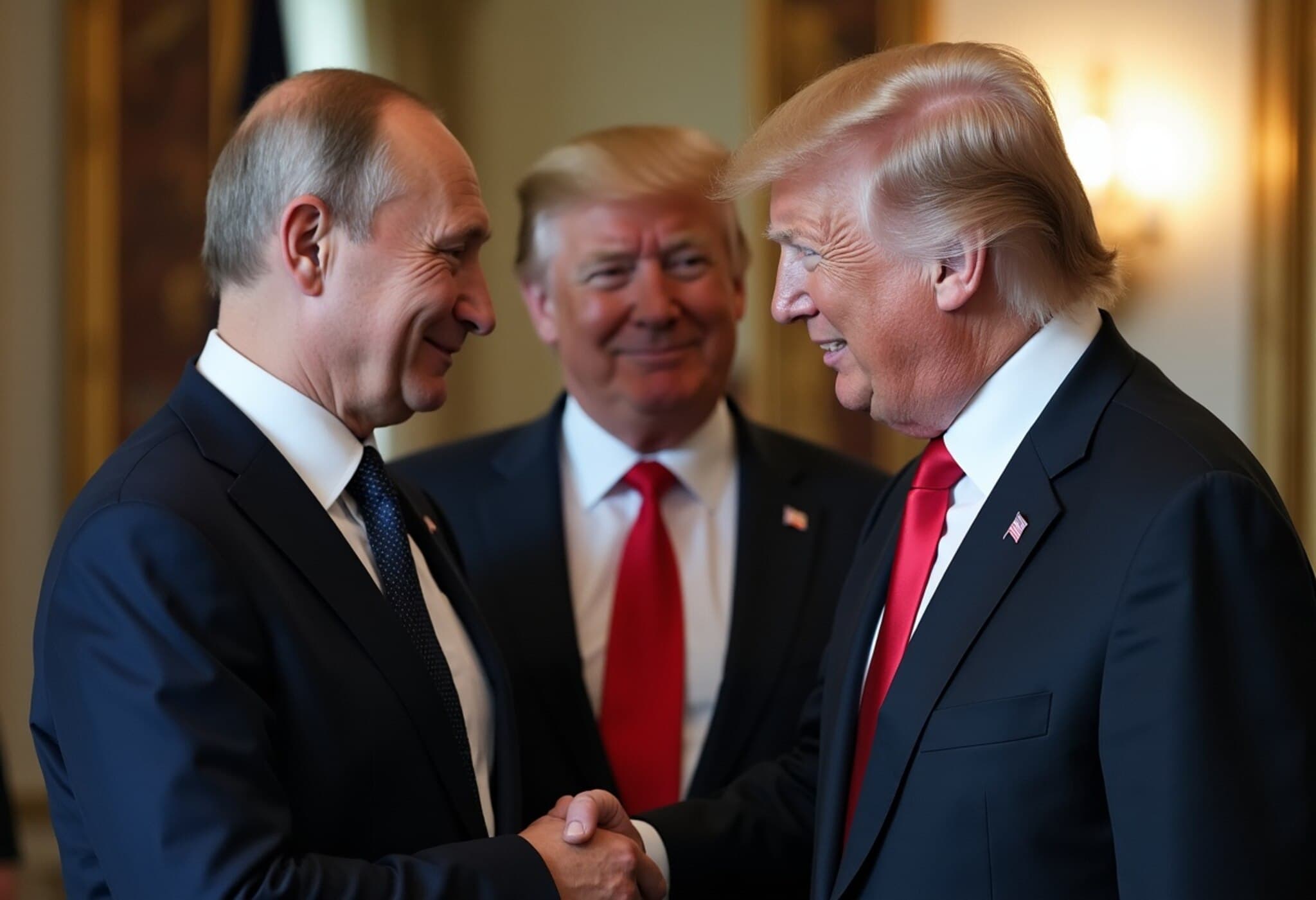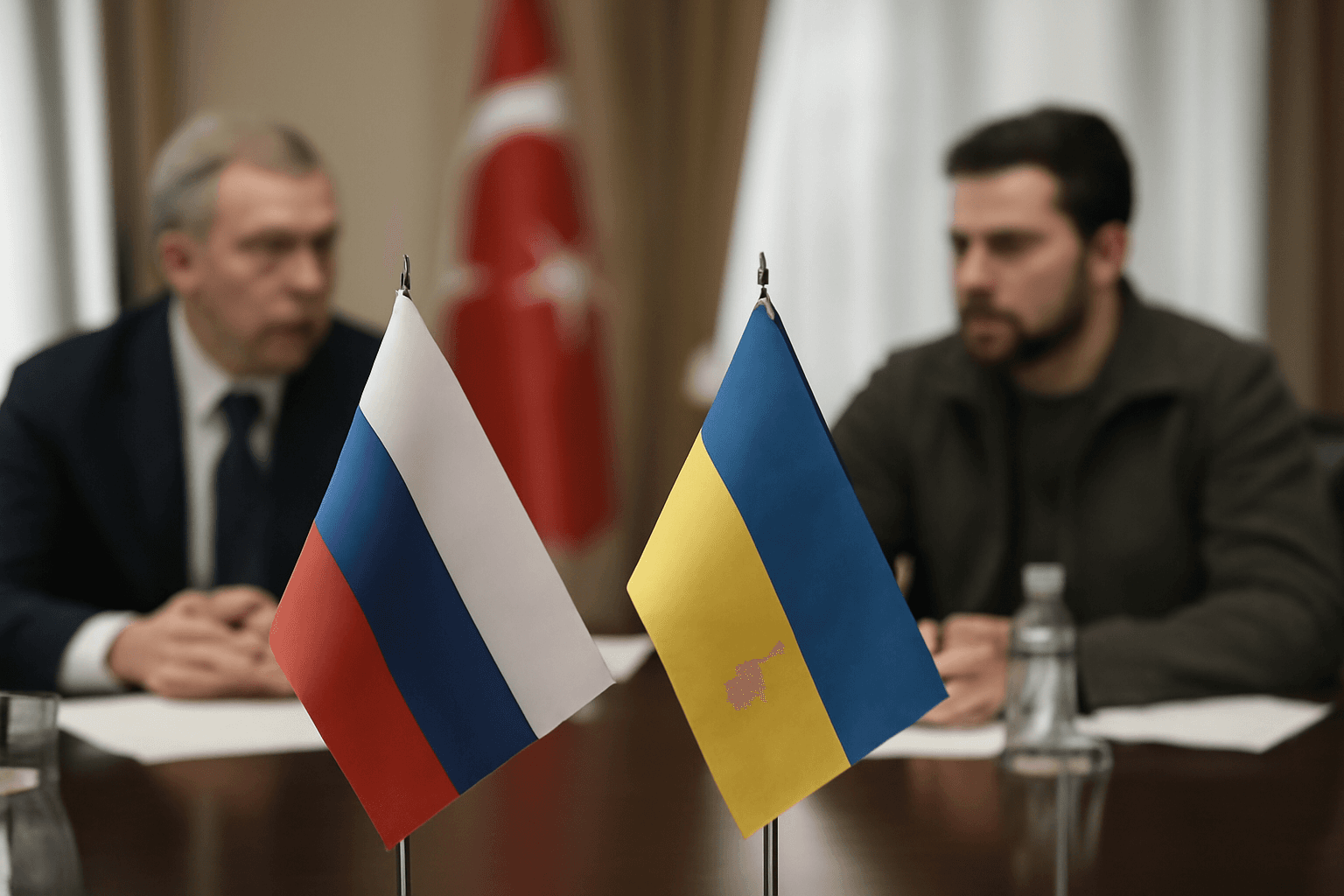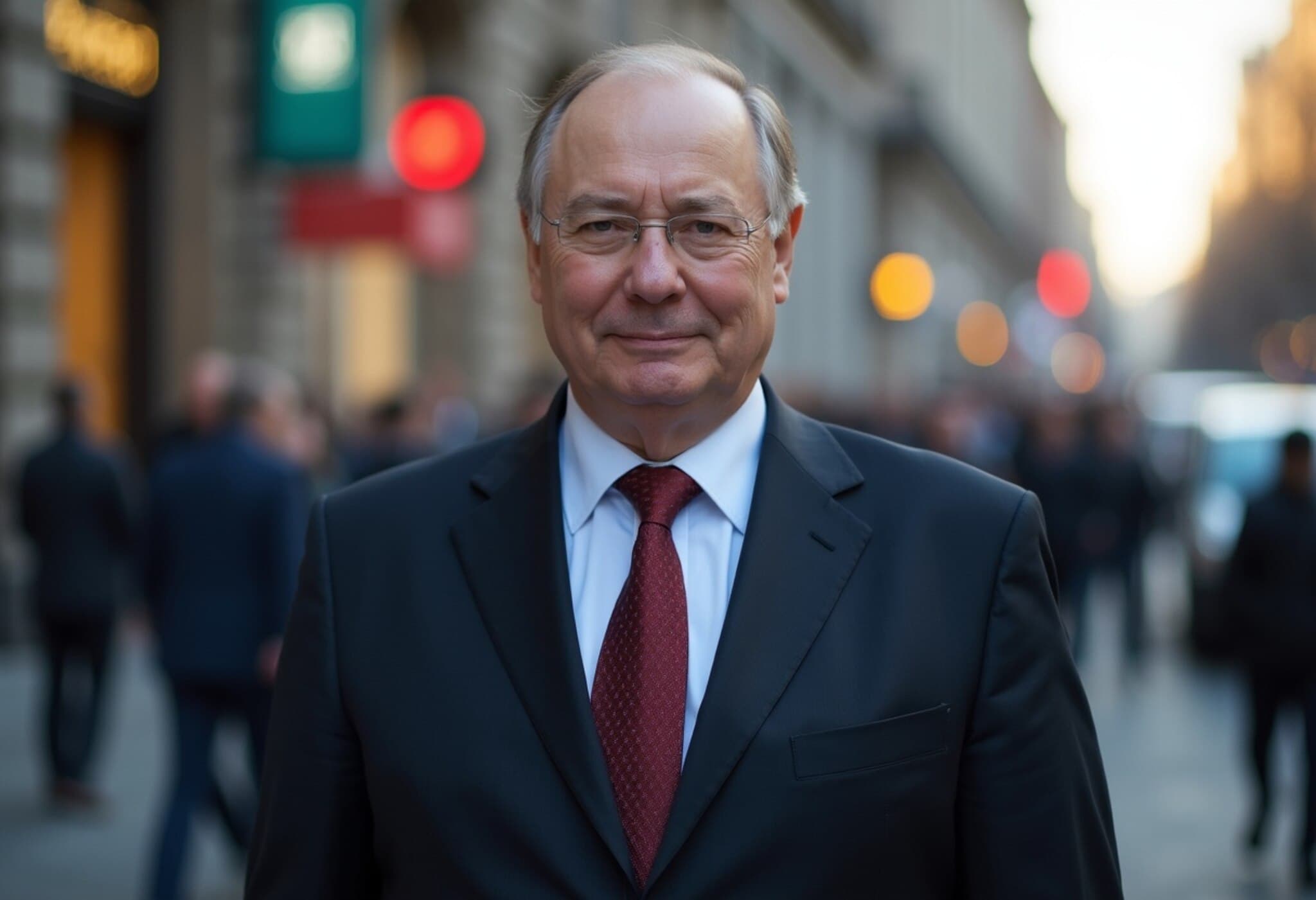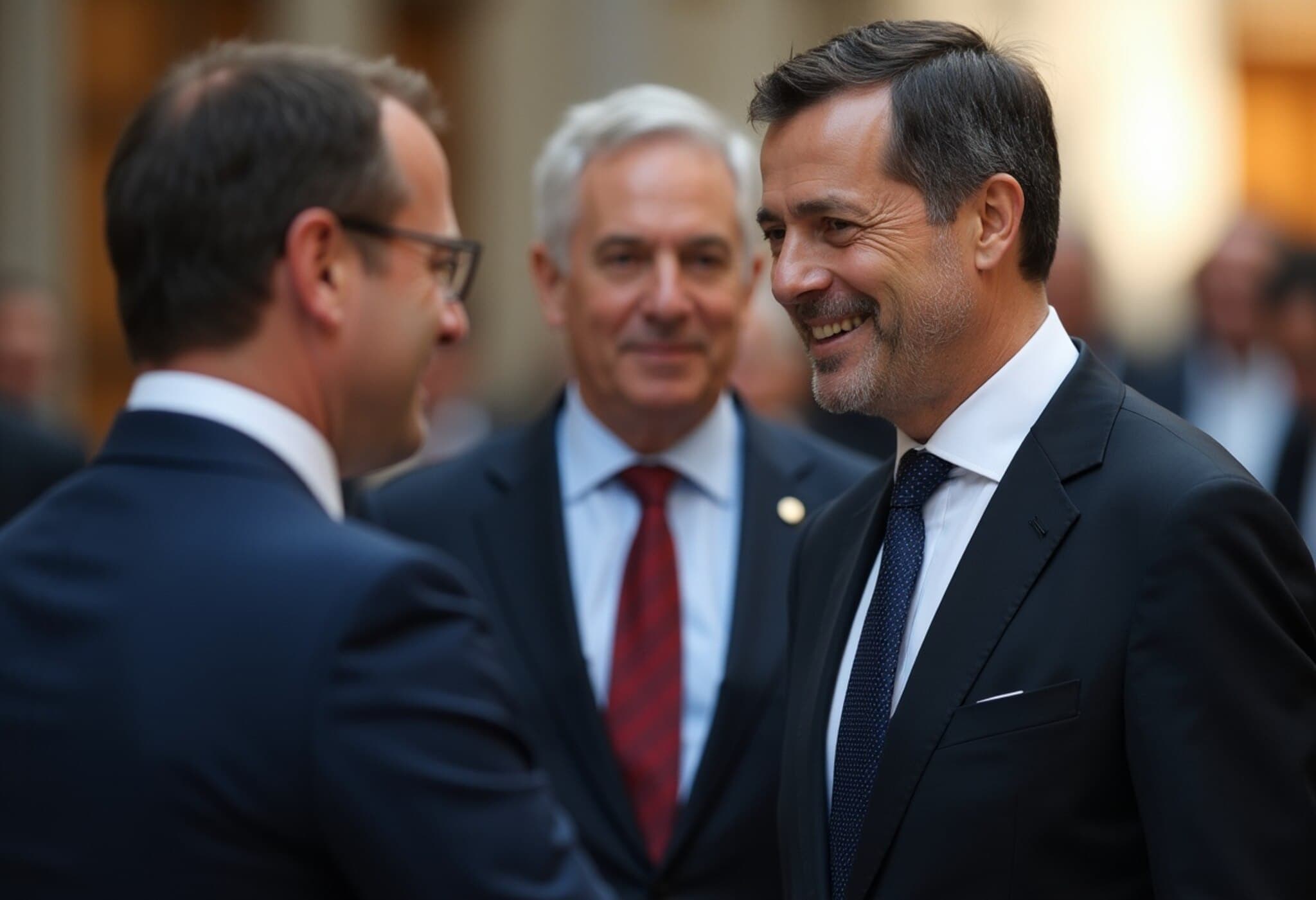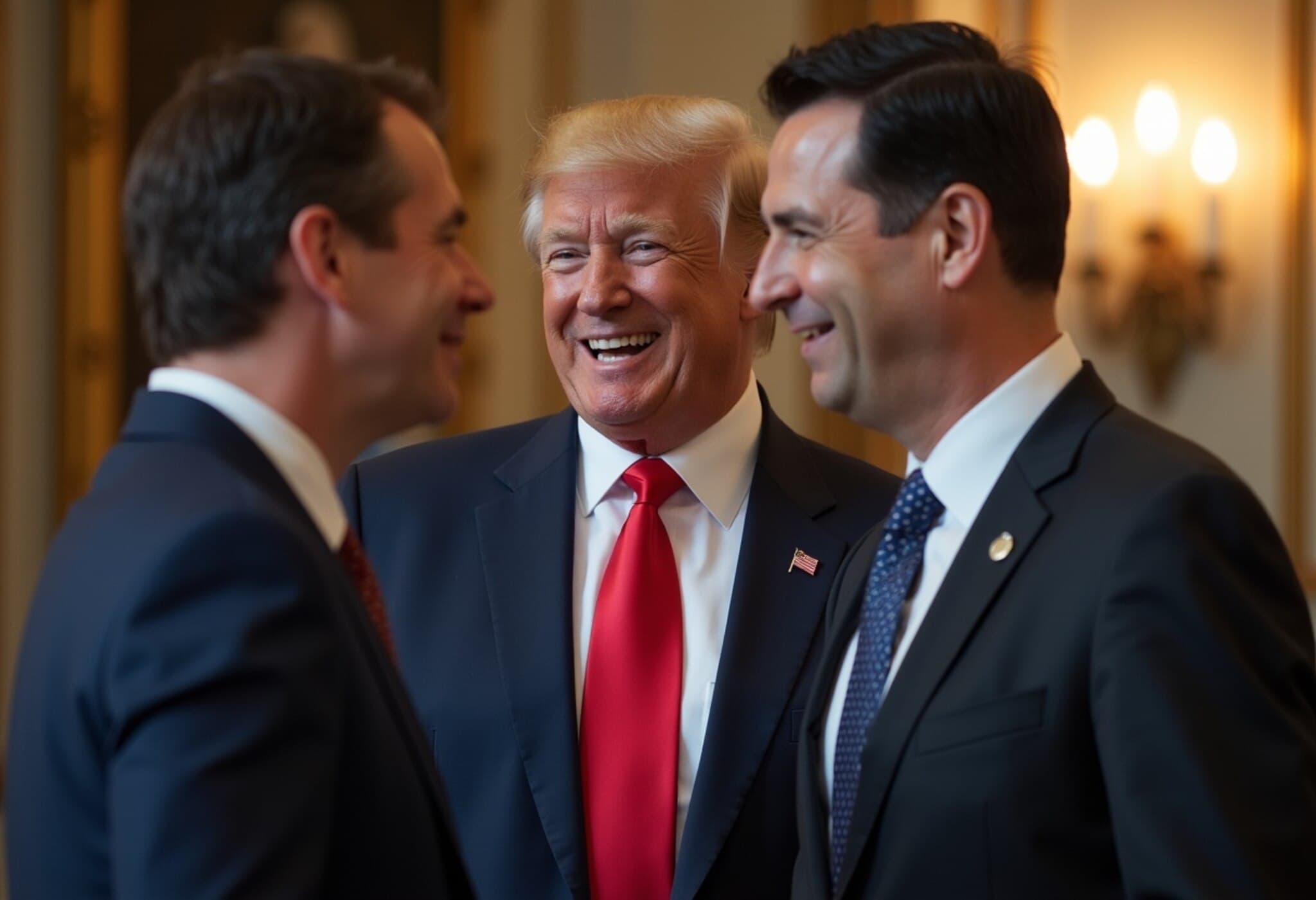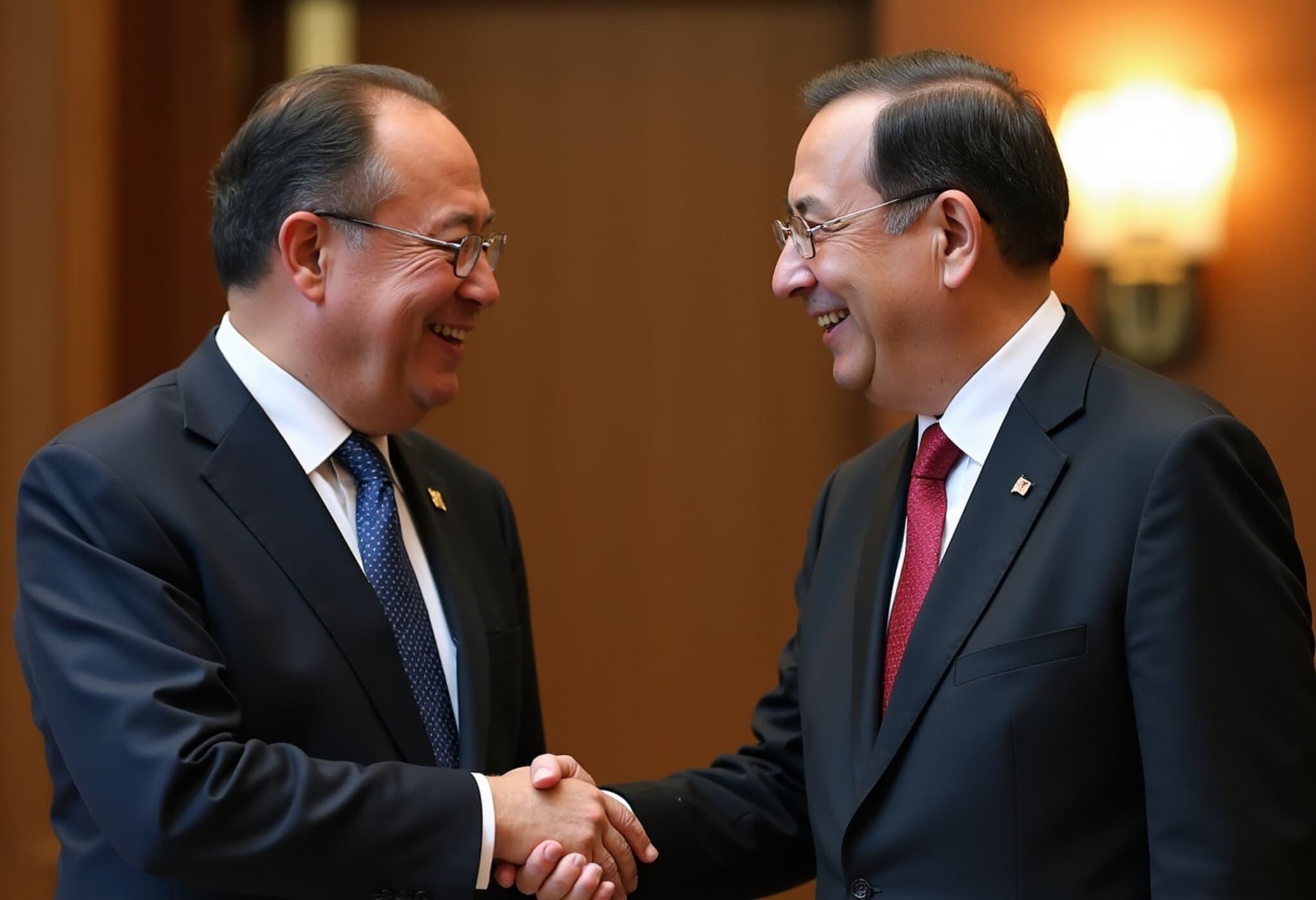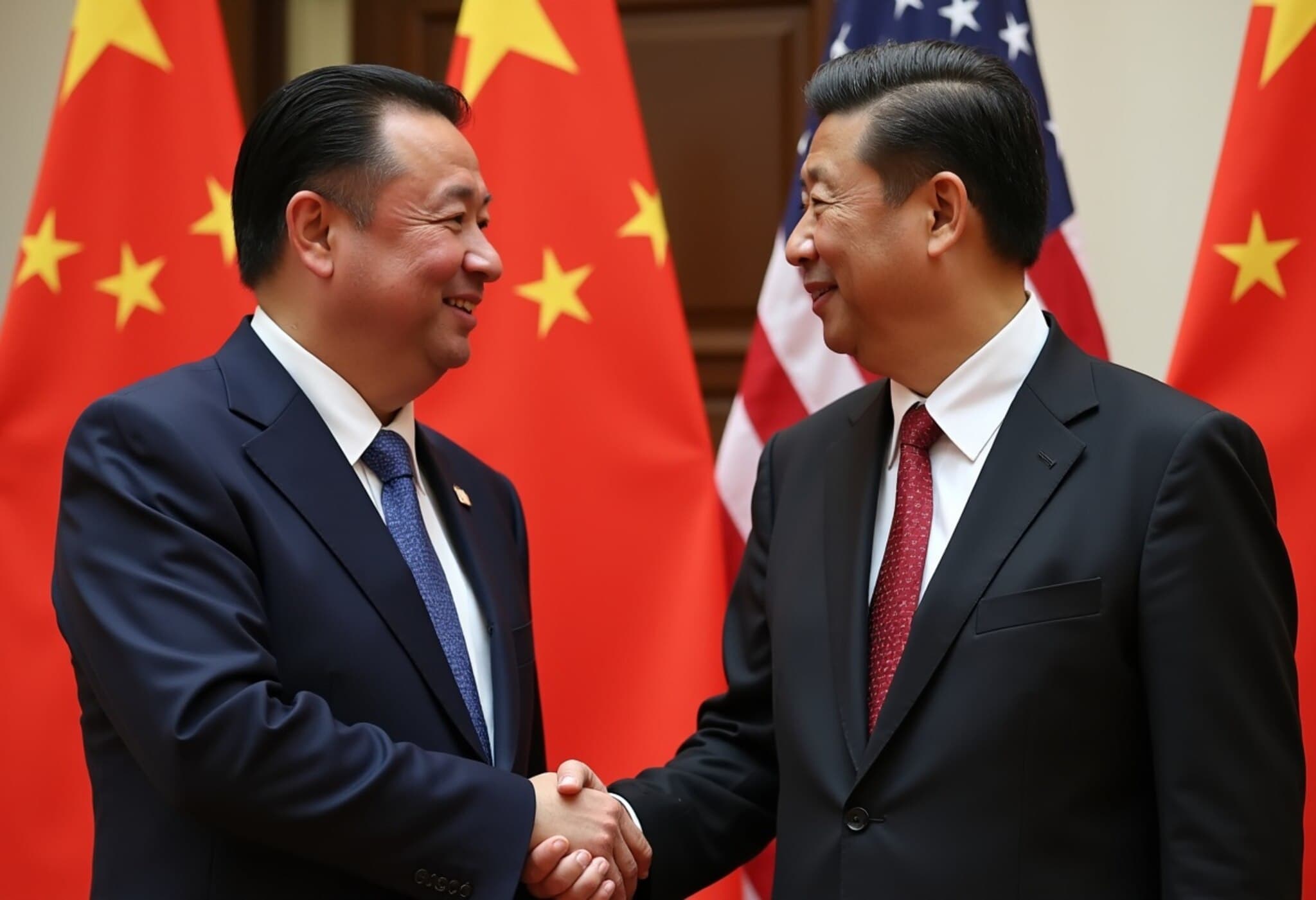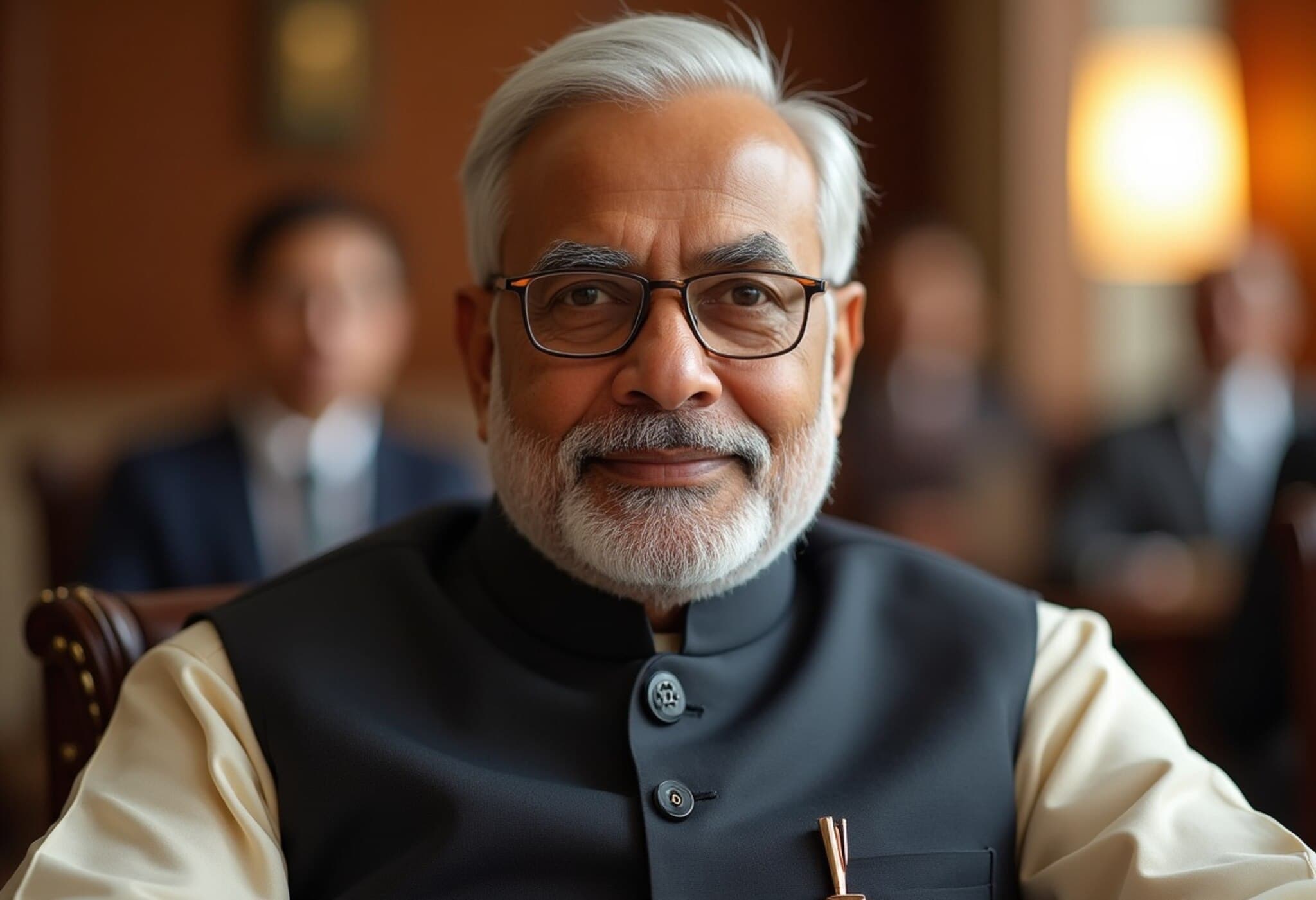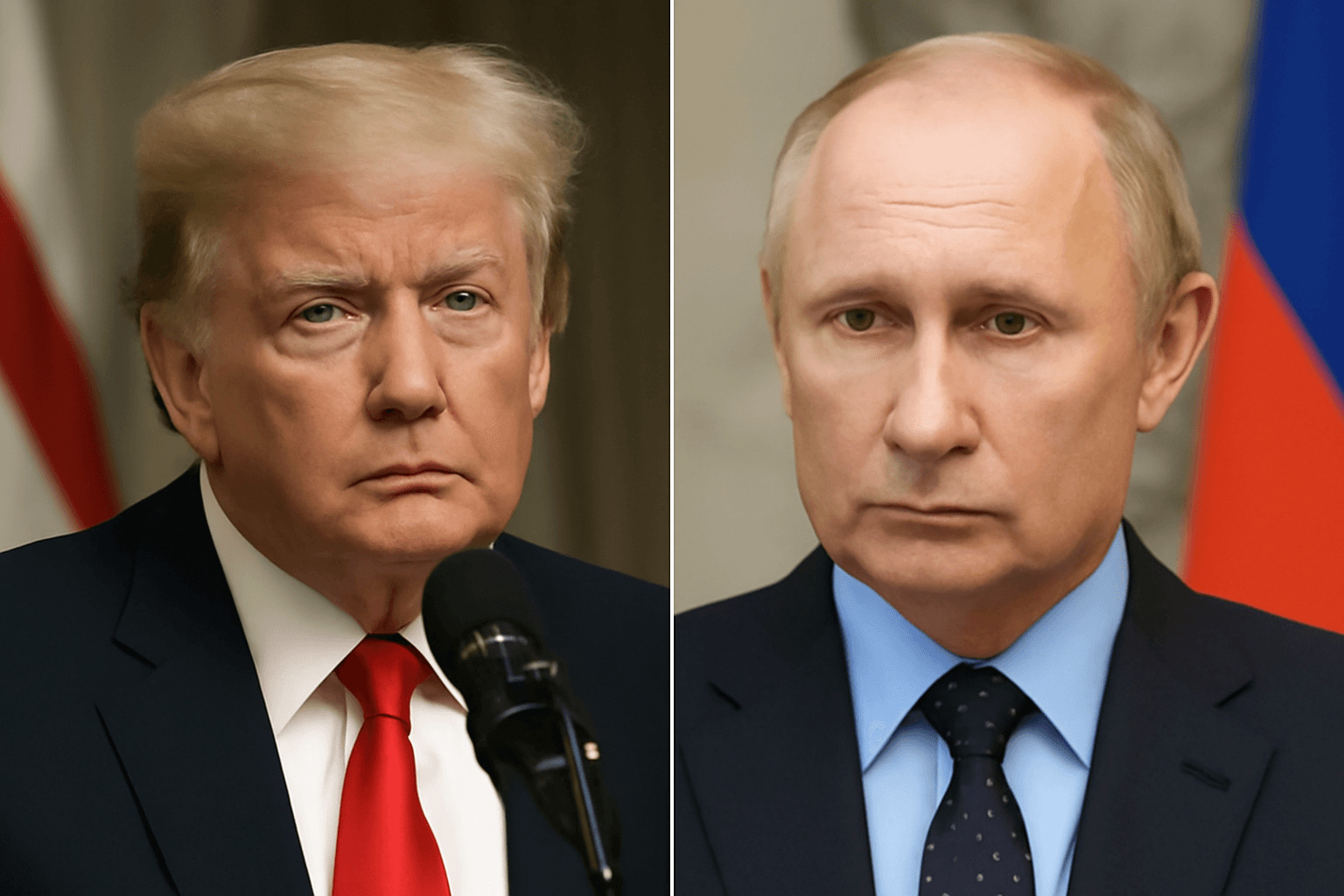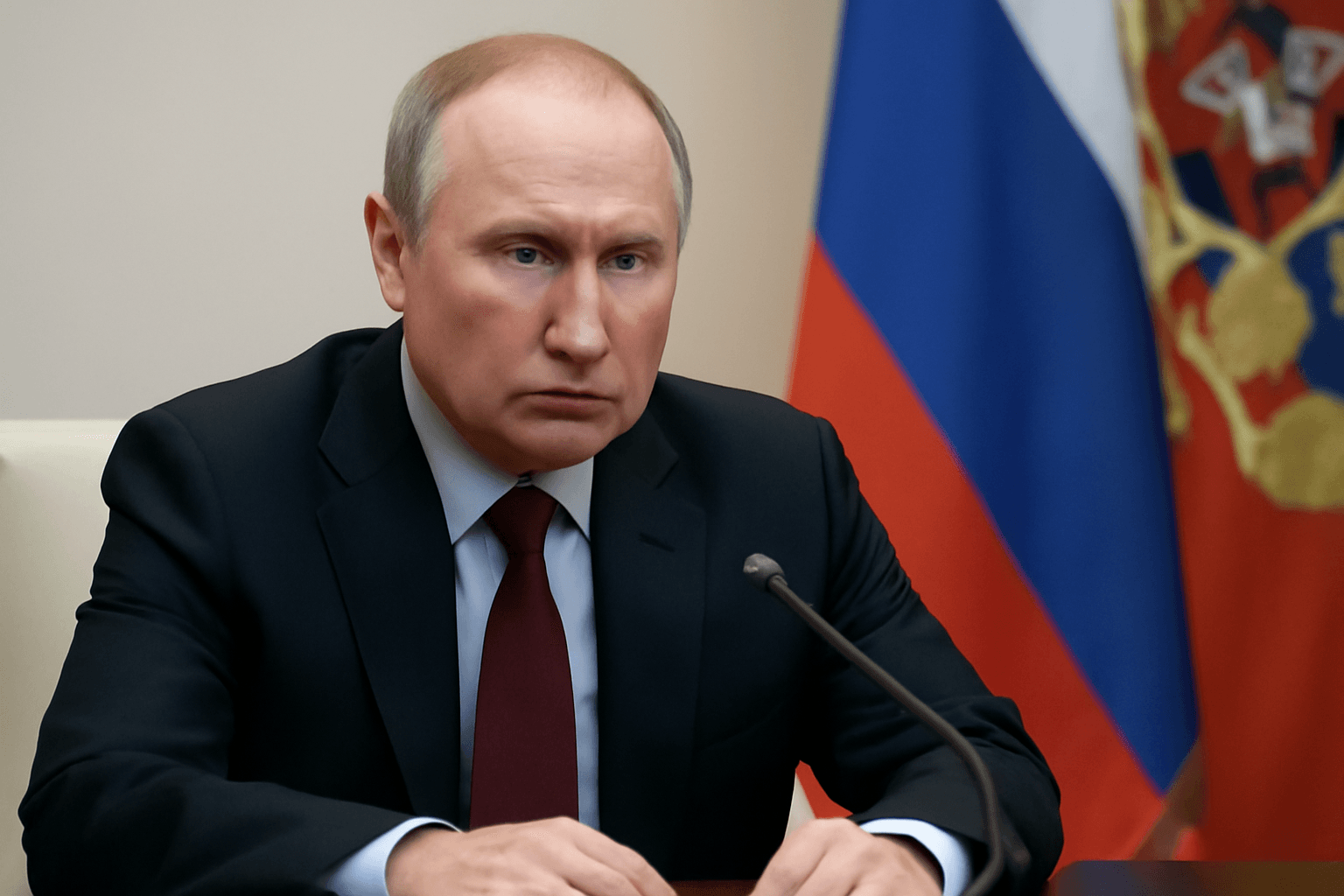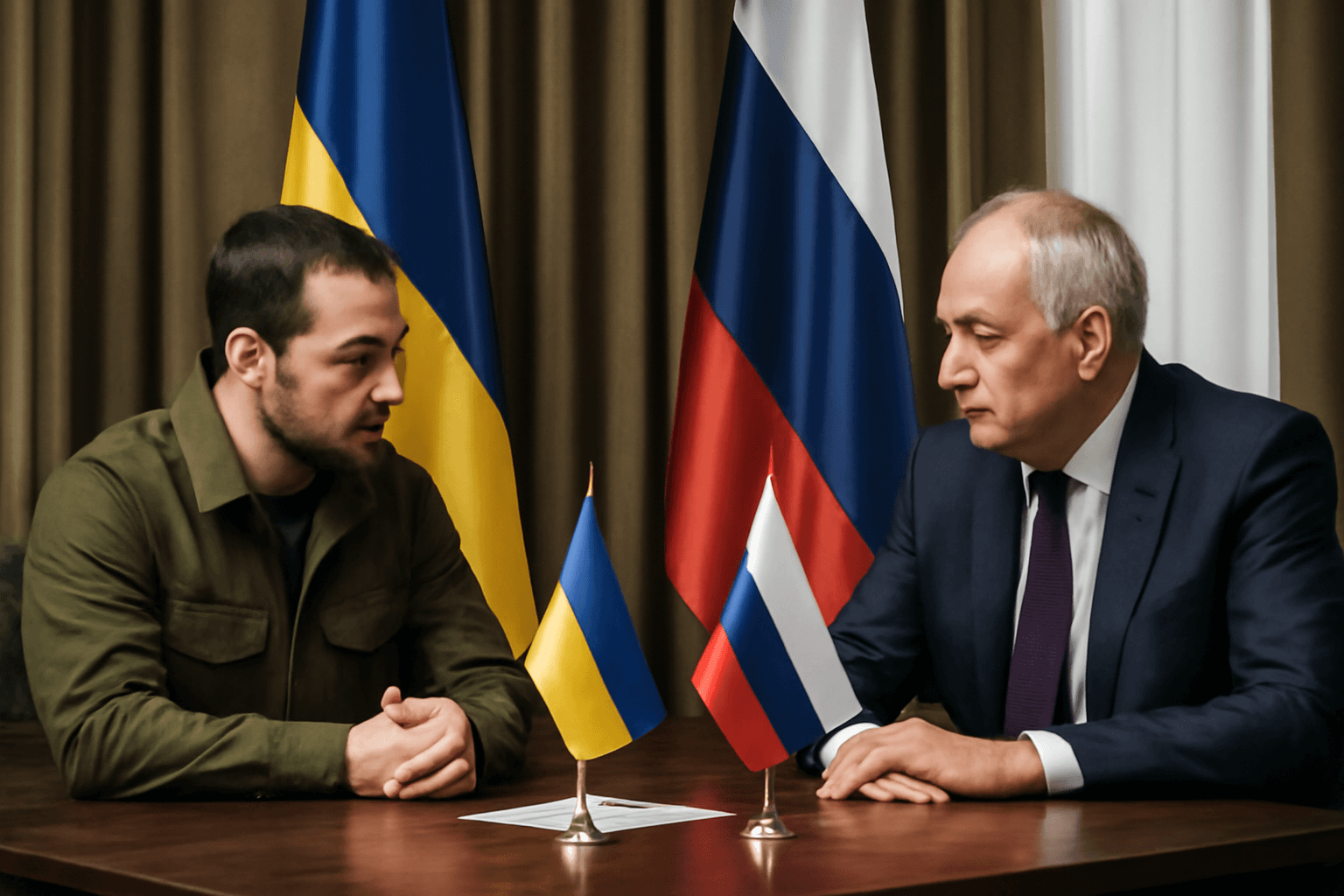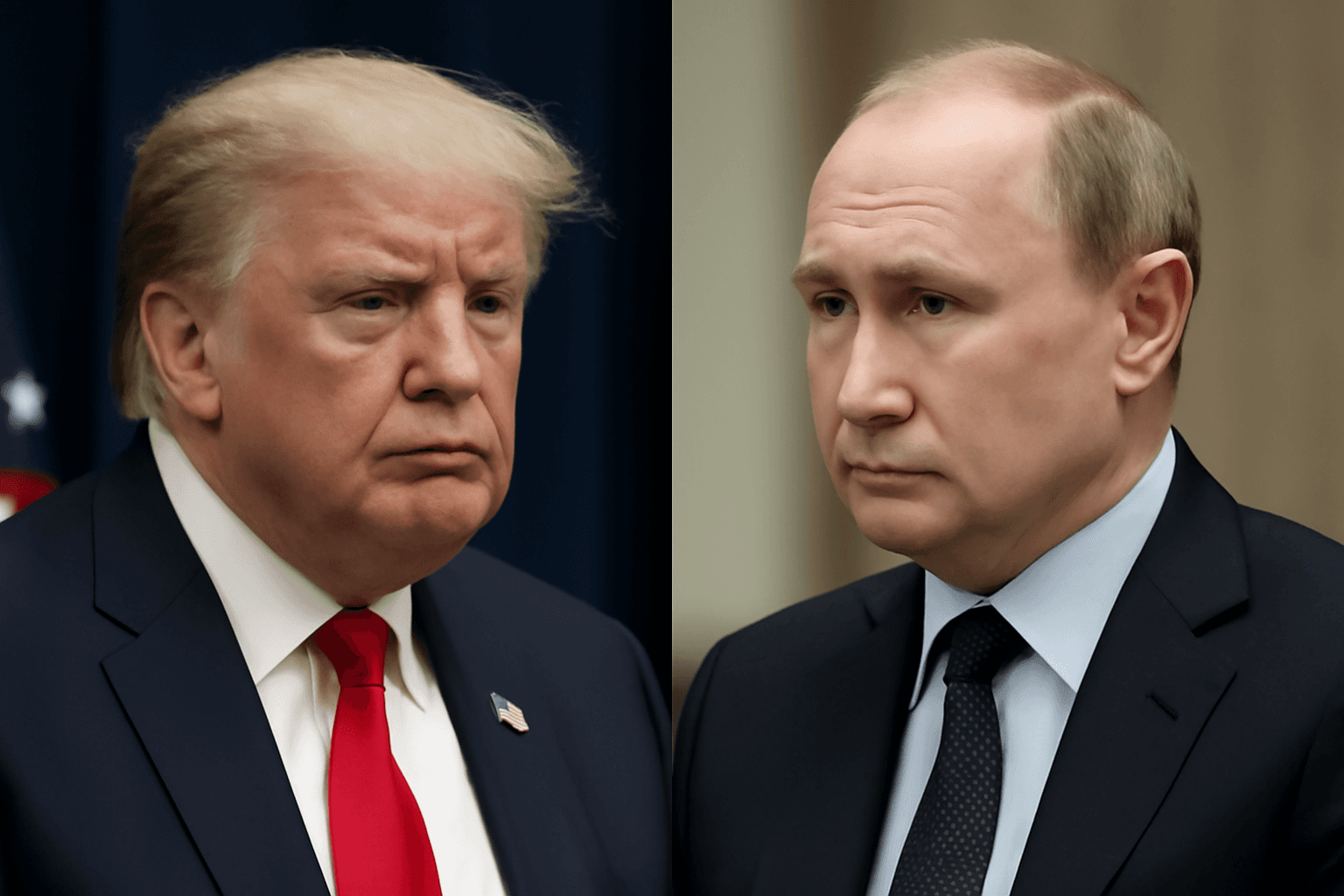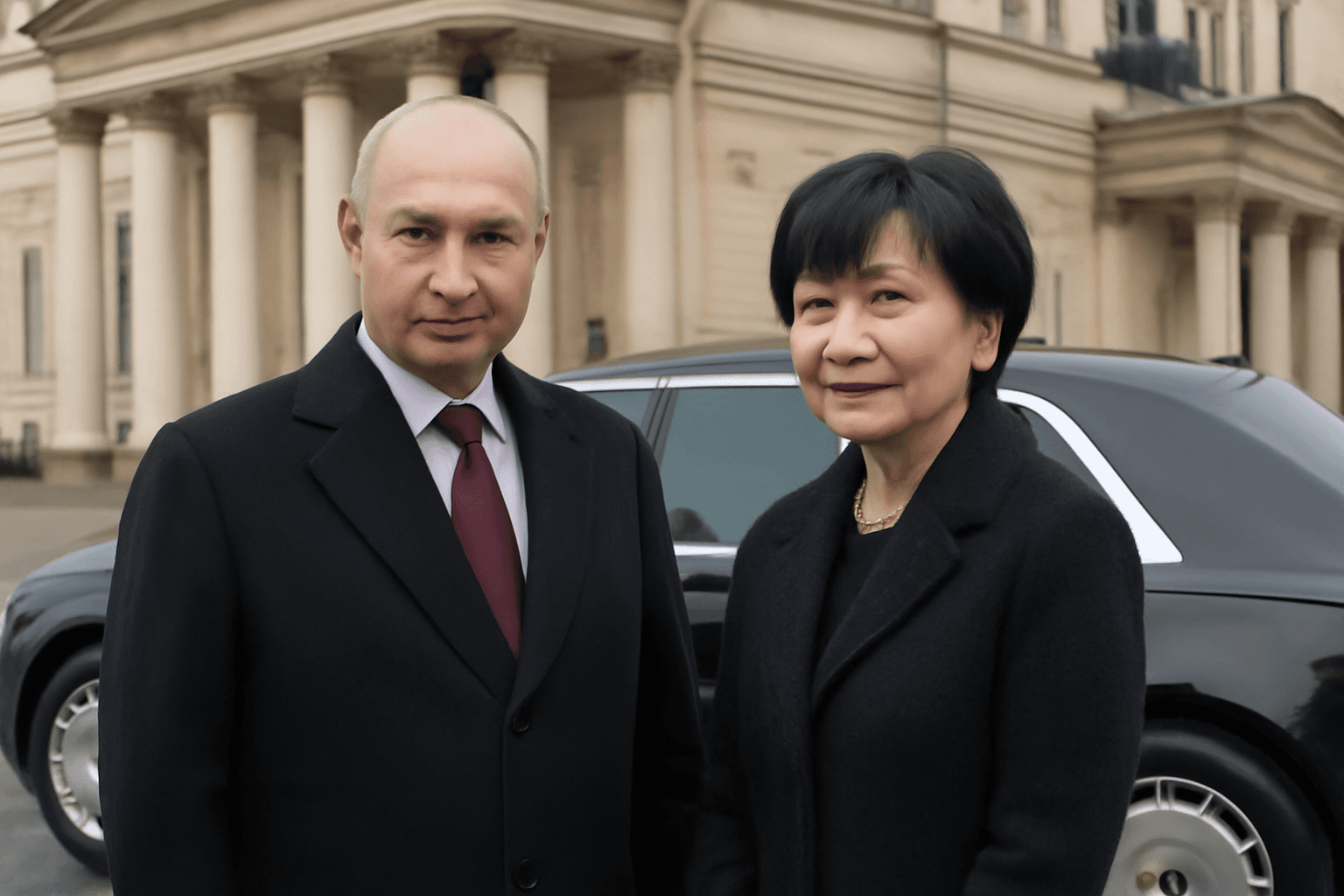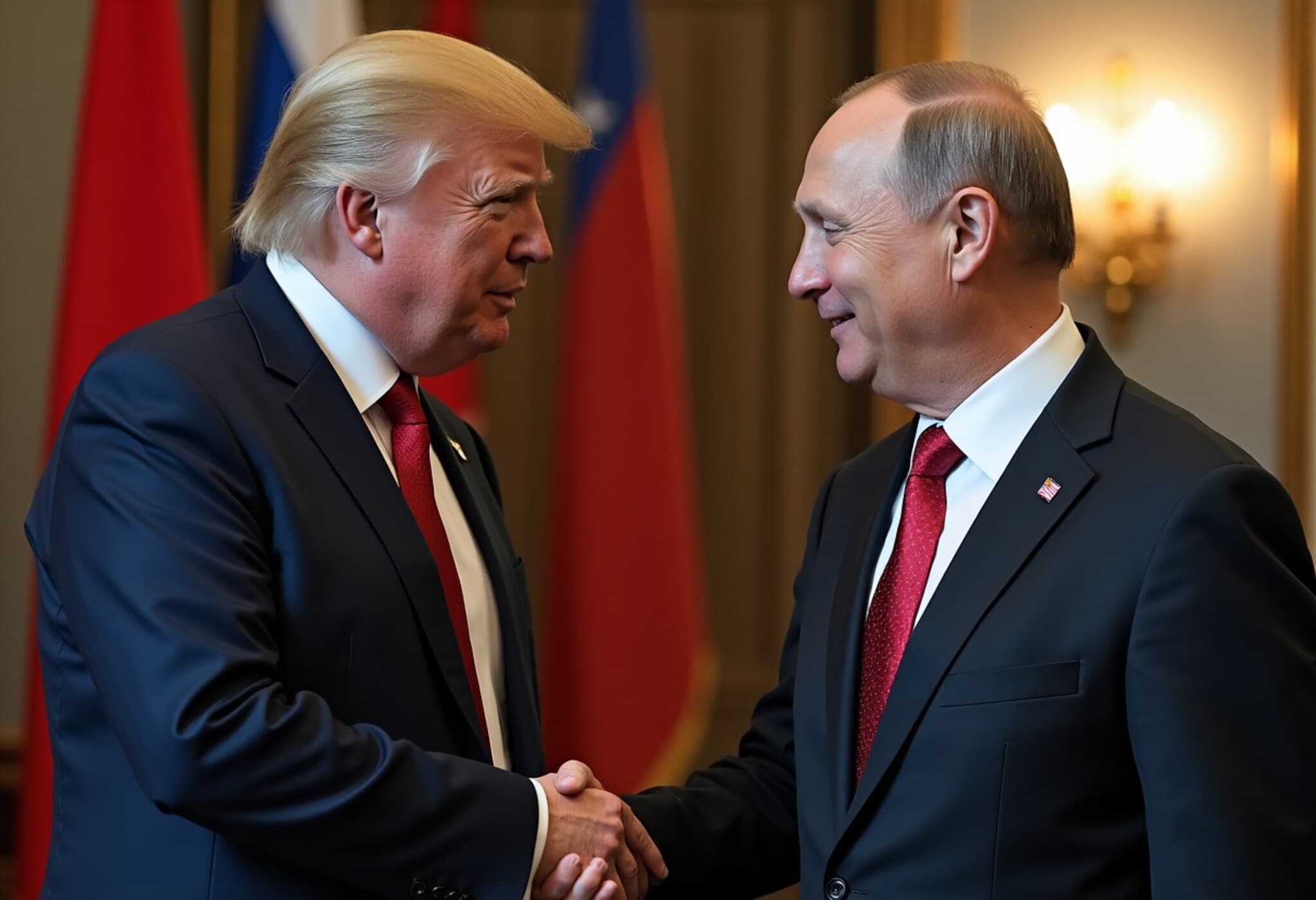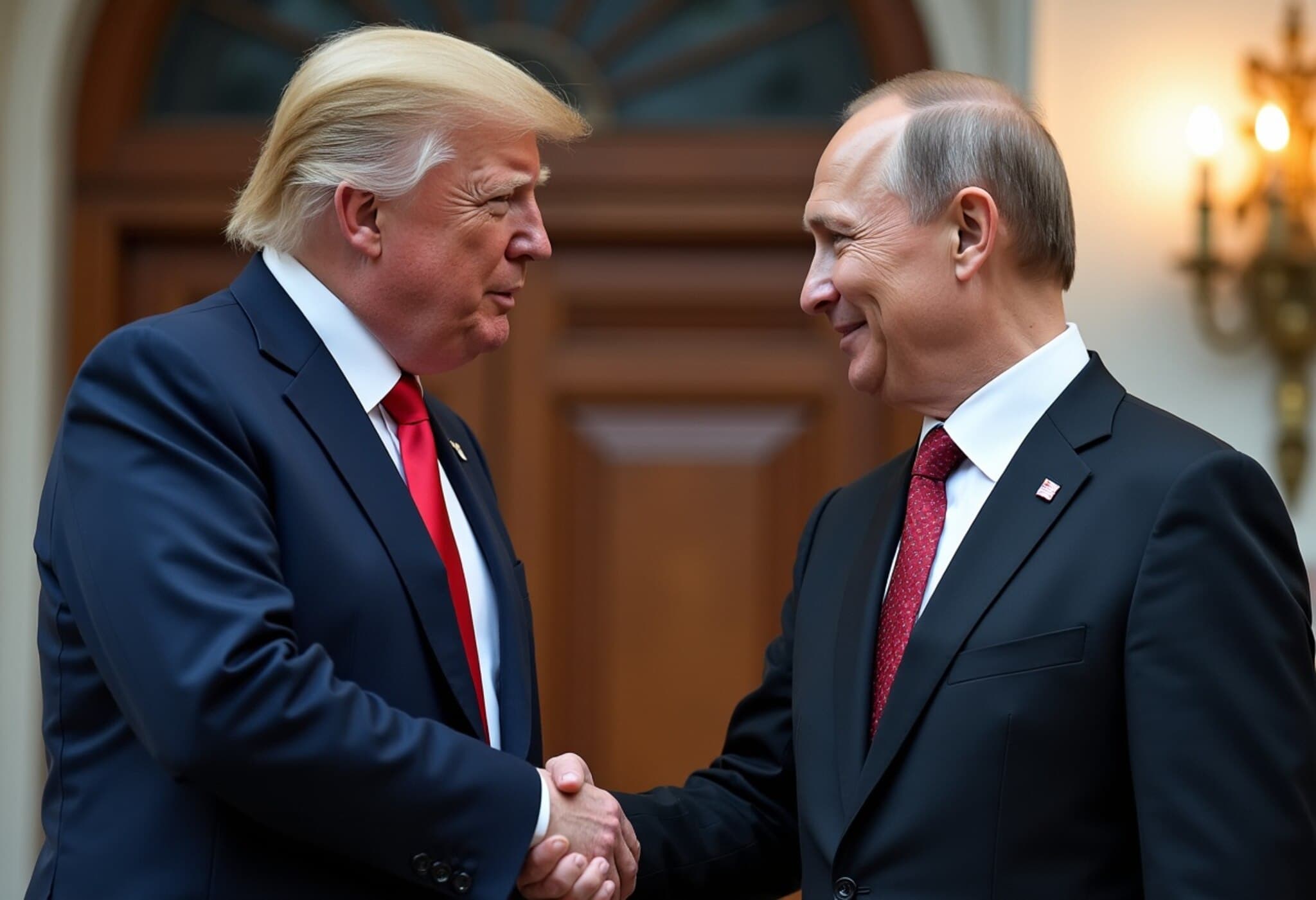Russia-US Diplomacy: A Historical Overview of Presidential Meetings with Vladimir Putin
In a world increasingly defined by geopolitical tension and shifting alliances, few diplomatic encounters garner as much attention as meetings between the United States and Russia. President Vladimir Putin, a dominant figure on the global stage for over two decades, has met with every sitting US president since Bill Clinton, marking a unique continuity amid fluctuating international relations. As Putin prepares to meet with President Donald Trump in Alaska — their first encounter of Trump's second term — understanding this backdrop provides essential context.
Putin and US Presidents: From Cooperation to Confrontation
Putin's relationship with American leaders spans from the hopeful post-Cold War era to today's fraught atmosphere, shaped heavily by ongoing conflicts such as the Russia-Ukraine war. Below, we explore each presidential meeting, revealing not just a timeline but evolving diplomatic dynamics.
Bill Clinton (1993-2001): Foundations Amid Post-Cold War Optimism
Vladimir Putin first met Bill Clinton when he was Russia's prime minister, but their landmark summit took place in June 2000 in Moscow, just as Clinton’s presidency was drawing to a close. The focus was largely on arms control and establishing trust in a new Russia navigating democratic and economic reforms.
Clinton expressed optimism, stating, “He is fully capable of building a prosperous, strong Russia while preserving freedom and pluralism.” Putin, reciprocating the cordial tone, described Clinton as “a very comfortable and pleasant partner in negotiations.” These early interactions set a tone of cautious cooperation, emblematic of the post-Cold War era.
George W. Bush (2001-2009): Initial Trust Frayed by Global Conflicts
The Bush-Putin relationship began on a promising note. Their first meeting in 2001 in Slovenia was hailed as an important step in building a constructive relationship. Bush notably called Putin “very straightforward and trustworthy.” Their cooperation included a landmark treaty to reduce nuclear arsenals signed in Moscow.
However, optimism waned due to divergent policies, particularly Russia’s opposition to the US-led invasion of Iraq in 2003 and tensions following Russia’s 2008 military intervention in Georgia. These events signaled growing discord, highlighting how global strategic interests complicated personal diplomatic rapport.
Barack Obama (2009-2017): From Engagement to Estrangement
Obama aimed to "reset" US-Russia relations early in his term, meeting Putin in Moscow alongside then-President Dmitry Medvedev. Yet, hopes for sustained collaboration dimmed following Russia’s 2014 annexation of Crimea and aggressive support for Syria’s Bashar al-Assad.
Obama’s administration faced frustrations over Russia’s actions, leading to a cancellation of a planned summit in 2013 and only a single formal meeting in 2015 at the UN General Assembly. The trajectory here underscores how international law and human rights issues profoundly impact bilateral relations.
Donald Trump (2017-2021): Controversy and Calculated Engagement
Trump and Putin’s first meeting at the 2017 G20 summit initiated a relationship layered with complexity and controversy. The 2018 Helsinki summit stands out — a private, nearly two-hour discussion that raised eyebrows worldwide after Trump publicly questioned US intelligence reports on Russian election interference.
This summit revealed the fragile trust and public skepticism surrounding their interactions. Trump's later walk-back on his comments reflected the intense political pressures and divided perceptions within the United States regarding Russia. The relationship remained tense, especially with unresolved conflicts in Ukraine and Crimea.
Joe Biden (2021-Present): Diplomacy Amid Rising Tensions
Biden’s meeting with Putin in Geneva in 2021 came at a vulnerable time, with fears escalating over potential Russian military aggression in Ukraine. The talks, lasting over three hours, were described by Biden as “positive” and by Putin as “quite constructive.” However, Putin’s insistence that Russia’s actions were not of US concern highlighted ongoing fundamental disagreements.
This summit was a critical test of whether diplomatic channels remain viable amidst worsening tensions and sanctions, especially as Biden’s administration tries to balance deterrence with dialogue.
The Alaska Summit: What’s at Stake?
As Putin and Trump prepare to meet in Alaska, the global community watches closely. This encounter is not just a bilateral meeting but a moment that encapsulates decades of shifting policies, missed opportunities, and the persistent challenge of managing rivalry between two superpowers.
- Ceasefire Pressure: Trump’s August 8 deadline for a Russia-Ukraine ceasefire has passed without resolution, raising questions about the meeting’s potential impact.
- Geopolitical Underpinnings: With previous meetings colored by controversy, observers speculate if this summit heralds renewed cooperation or entrenched discord.
- US-Russia Engagement Trends: Putin’s return to the US after nearly a decade signifies a possible thaw or recalibration in diplomatic relations.
Expert Commentary: Navigating an Uncertain Future
International relations analysts suggest this meeting could either serve as a pivotal reset or a reaffirmation of entrenched divisions. The personal dynamics between Putin and Trump add complexity—where previous trust and skepticism intermingle with political ambitions and strategic calculations.
Moreover, this summit occurs amid growing concerns about disinformation, election security, and territorial sovereignty — themes that have often complicated US-Russia engagement. Observers will look for signals on conflict de-escalation, sanctions relief prospects, and potential pathways toward broader arms control agreements.
Reflecting on Two Decades of Diplomatic Interactions: What Lessons Remain?
From Bill Clinton’s initial optimism to Joe Biden’s cautious engagement, the series of meetings between US presidents and Putin reveal a complex narrative of cooperation, competition, and conflict. Each encounter has been influenced not only by the personalities involved but also by profound shifts in global politics, security concerns, and national interests.
Looking ahead, ensuring that these high-level talks do not merely serve symbolic purposes but translate into tangible progress remains a crucial challenge for policymakers and citizens alike.
US-Russia relations continue to oscillate between diplomacy and confrontation, with presidential summits often reflecting broader tensions and aspirations. As Putin and Trump convene once more, questions arise: Can historical mistrust be overcome? Will geopolitical realities compel genuine dialogue? And what role will these meetings play in shaping a more stable international order?

